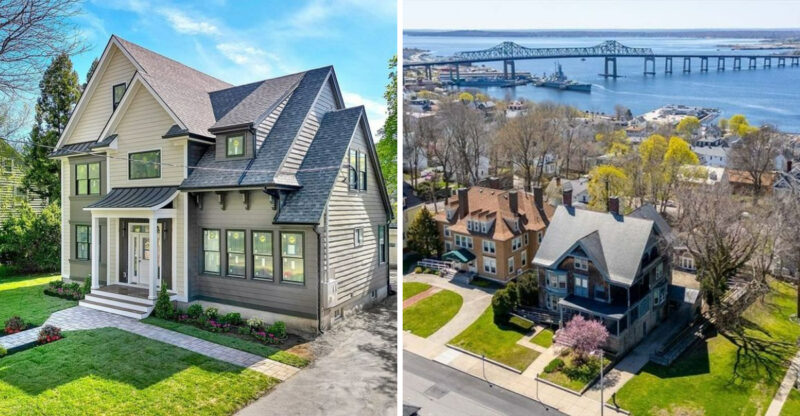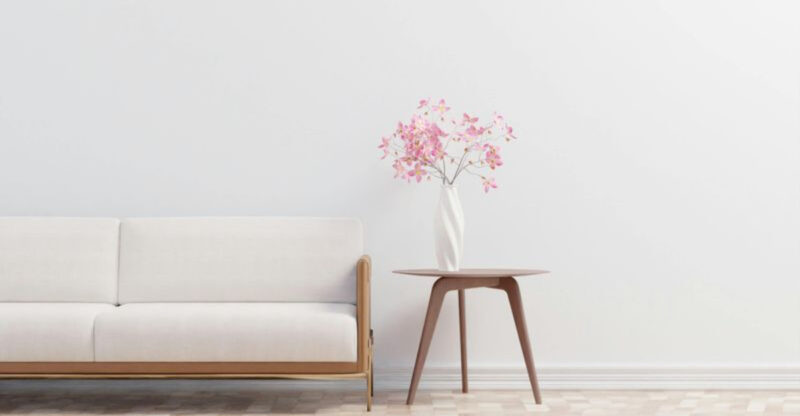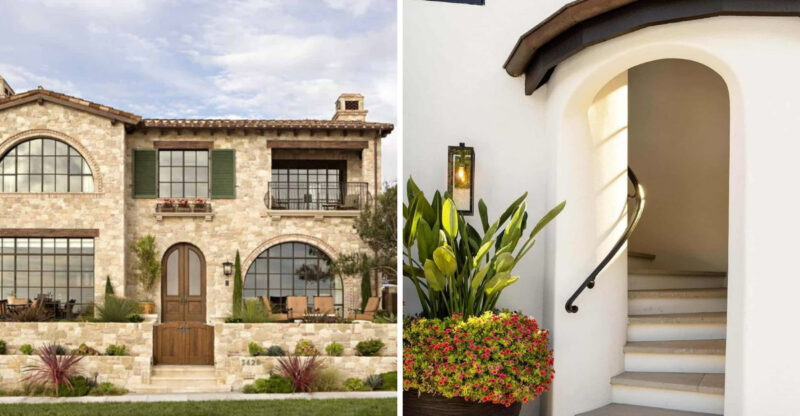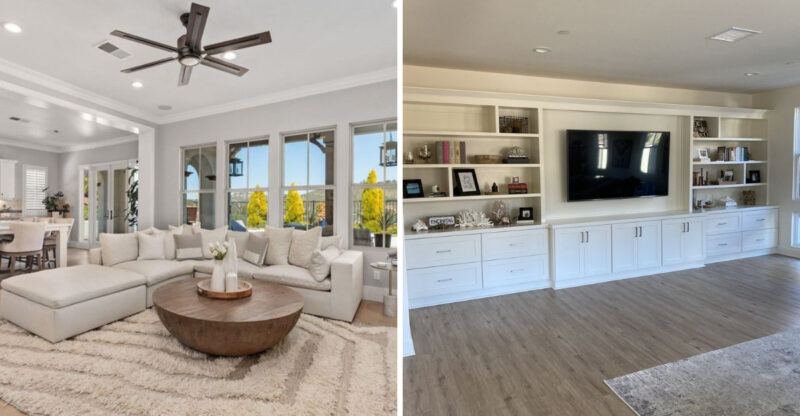16 Types of Homes In Indiana Set To Grow Significantly By Late 2026
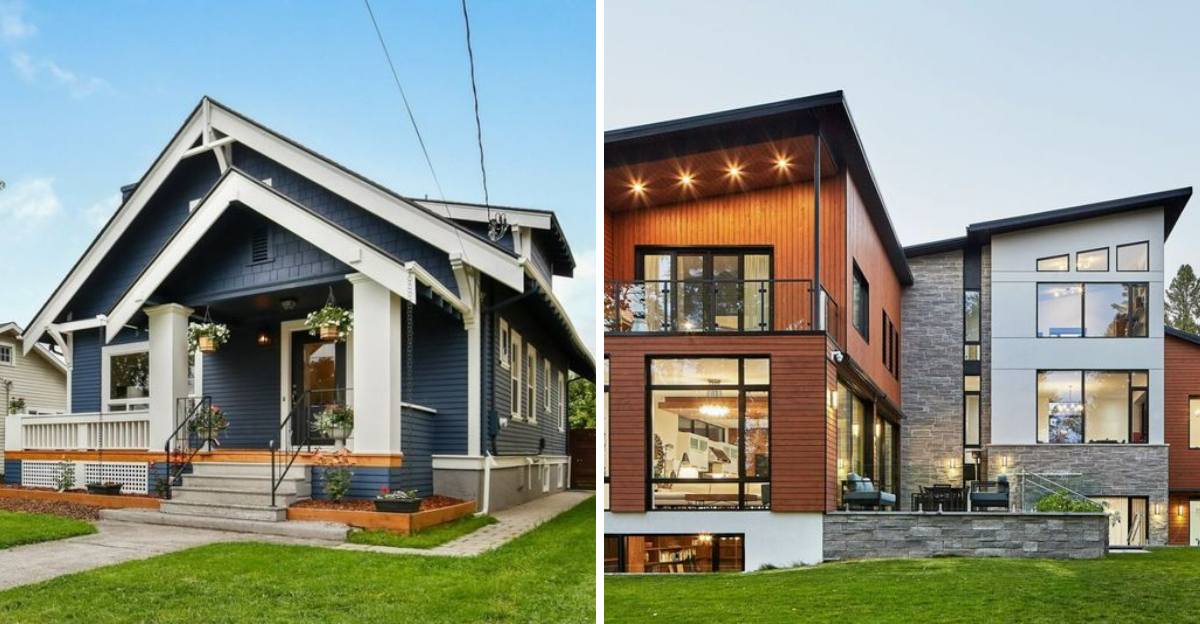
Indiana’s housing market is experiencing a remarkable transformation as we approach 2026. Builders and developers are responding to changing lifestyles, new technologies, and shifting priorities among homebuyers across the state.
I’m excited to share the most promising home types that experts predict will see substantial growth in popularity and construction throughout Indiana over the next few years.
1. Modern Farmhouse Designs
Combining rustic charm with contemporary convenience creates a winning formula that Indiana families absolutely love. You’ll find these homes feature clean lines, neutral colors, and those signature black-framed windows that everyone talks about.
The open floor plans make entertaining a breeze while the wraparound porches give you that classic country feeling. Builders report that demand for this style has tripled since 2023, especially in suburban areas around Indianapolis and Fort Wayne where families want modern amenities without sacrificing traditional Midwestern character.
2. Net-Zero Energy Homes
Imagine never worrying about skyrocketing utility bills again. These innovative homes produce as much energy as they consume through solar panels, superior insulation, and smart technology systems.
Indiana’s climate makes them particularly practical because you can offset both heating and cooling costs throughout the year. More homeowners are discovering that the upfront investment pays for itself within a decade. With state incentives and federal tax credits available, the financial barriers are dropping rapidly, making sustainable living accessible to middle-income families across the state.
3. Accessory Dwelling Units
Picture a cozy cottage in your backyard that could house aging parents, adult children, or generate rental income. ADUs are becoming incredibly popular because they solve multiple housing challenges at once.
Indiana cities are updating zoning laws to make these secondary homes easier to build on existing properties. You get flexibility without the commitment of a full-sized second property. Many families use them as home offices, art studios, or guest quarters when not housing relatives, maximizing their investment year-round.
4. Multigenerational Houses
Housing three generations under one roof might sound old-fashioned, but it’s actually becoming the smartest financial move for many Indiana families. These specially designed homes include separate living quarters with private entrances, kitchenettes, and bathrooms.
You maintain privacy while staying close to loved ones who need support or childcare help. Construction permits for these homes jumped forty percent last year alone. The arrangement allows families to pool resources, share expenses, and provide care without sacrificing independence or personal space for anyone involved.
5. Smart Home Technology Houses
Your home anticipates your needs before you even ask. Smart homes integrate everything from thermostats to security systems through a single interface you control from your phone.
Voice-activated assistants adjust lighting, temperature, and entertainment systems effortlessly. Indiana builders are making these features standard rather than luxury upgrades because buyers under forty expect them. Security cameras, automated locks, and leak detectors provide peace of mind whether you’re home or traveling. The technology also helps elderly residents age in place safely with monitoring systems that alert family members.
6. Tiny Homes on Foundations
Downsizing doesn’t mean downgrading your quality of life anymore. Permanent tiny homes between 400 and 800 square feet are gaining traction among empty nesters and young professionals who prioritize experiences over possessions.
Unlike mobile tiny houses, these sit on traditional foundations and meet all building codes. Lower maintenance costs, reduced property taxes, and minimal utility bills free up money for travel and hobbies. Indiana’s affordable land prices make it feasible to own property while living small, especially in scenic rural counties.
7. Cottage-Style Bungalows
Storybook charm meets practical living in these compact, single-story homes that feel like a warm hug. Bungalows typically range from 1,200 to 1,800 square feet, making them manageable for retirees and first-time buyers alike.
The lack of stairs appeals to people planning to age in place comfortably. Front porches encourage neighborhood connections that many communities have lost. Indiana builders are reviving this classic American style with updated layouts and modern amenities while preserving the cozy, welcoming aesthetic that made bungalows beloved a century ago.
8. Barndominium Conversions
Who knew that metal farm buildings could become the hottest housing trend? Barndominiums transform agricultural structures into stunning living spaces with soaring ceilings and open layouts.
The metal construction withstands Indiana’s severe weather better than traditional materials while costing significantly less per square foot. You can customize the interior completely while maintaining that distinctive industrial aesthetic. Rural property owners love that they can include workshop space, vehicle storage, and living quarters all under one roof, making them ideal for hobbyists and small business owners.
9. Modular Constructed Homes
Factory construction doesn’t mean factory quality anymore. Today’s modular homes rival or exceed traditional stick-built houses in durability and customization options.
Building sections indoors eliminates weather delays, reducing construction time from months to weeks. You’ll pay twenty to thirty percent less than comparable site-built homes without sacrificing design flexibility. Indiana’s manufacturing heritage makes it a natural hub for modular construction innovation. Financing has become easier as lenders recognize these homes appreciate just like traditional properties, removing a major obstacle for interested buyers.
10. Aging-In-Place Ranches
Growing older in the home you love becomes realistic with thoughtful design modifications. These single-level ranches incorporate wider doorways, zero-step entries, and bathrooms designed for future accessibility needs.
Lever-style door handles, comfort-height toilets, and curbless showers provide convenience now and essential support later. Main-floor master suites eliminate stair climbing entirely. Baby boomers driving this trend want homes that adapt to changing mobility without looking institutional. Builders report that even younger buyers appreciate the universal design features that make daily life easier for everyone.
11. Lake Community Properties
Weekends feel like vacation when you live steps from the water. Indiana’s numerous lakes are surrounded by growing communities that offer resort-style amenities year-round.
These properties provide boating, fishing, and swimming right outside your door without the expense of oceanfront real estate. Remote work flexibility lets more people choose lifestyle locations over job proximity. Development around lakes like Monroe, Wawasee, and Patoka is accelerating as builders respond to demand from both retirees and young families seeking outdoor recreation. Community marinas, beaches, and social activities create tight-knit neighborhoods.
12. Urban Infill Townhomes
City living without apartment hassles attracts professionals who want walkable neighborhoods and ownership benefits. Townhomes pack smart design into narrow lots, creating affordable housing in desirable urban cores.
You get private outdoor space, often including rooftop decks with skyline views. Indianapolis, Bloomington, and Carmel are seeing clusters of these developments replace underutilized commercial properties. Shared walls reduce heating and cooling costs compared to detached homes. The vertical layout provides separation between living and sleeping areas that appeals to families and roommates alike, maximizing functionality.
13. Eco-Friendly Green Builds
Building with the planet in mind creates healthier living spaces for your family too. Green homes use reclaimed materials, non-toxic paints, and locally sourced lumber to minimize environmental impact.
Improved air quality benefits anyone with allergies or respiratory sensitivities. Rainwater collection systems and native landscaping reduce water consumption significantly. Indiana’s construction industry is embracing sustainability not just for environmental reasons but because these features increase resale values. Certification programs like LEED provide verification that attracts environmentally conscious buyers willing to pay premium prices for documented green features.
14. Luxury Estate Properties
Affluent buyers are discovering that Indiana offers incredible value compared to coastal markets. Luxury estates here provide sprawling acreage, custom architecture, and resort-quality amenities at half the price of equivalent properties elsewhere.
You might find wine cellars, home theaters, indoor pools, and guest houses on properties in Hamilton County or the suburbs surrounding Indianapolis. Privacy and space attract executives relocating from crowded metropolitan areas. The strong economy and business-friendly environment are drawing high-income residents who want luxury without the pretension or price tags of traditional wealth hubs.
15. Prefab Contemporary Designs
Sleek architecture meets efficient construction in prefabricated homes that look nothing like their mobile home ancestors. Companies now offer stunning contemporary designs with floor-to-ceiling windows, minimalist aesthetics, and cutting-edge materials.
The controlled factory environment ensures precision that’s difficult to achieve on construction sites. You can browse catalogs, select your model, and customize finishes before production begins. Delivery and assembly happen in days rather than months. Indiana buyers appreciate the cost transparency and fixed pricing that eliminates the budget overruns common with traditional construction, making dream homes financially predictable.
16. Mixed-Use Residential Buildings
Living above the coffee shop where you grab morning lattes epitomizes urban convenience. Mixed-use developments combine retail or office space on ground floors with apartments or condos above.
You can walk to restaurants, shops, and services without driving, reducing transportation costs and environmental impact. These buildings revitalize downtown areas in cities like South Bend and Evansville by creating vibrant, walkable districts. Developers are betting on continued demand from millennials and Gen Z buyers who prioritize location and lifestyle over square footage, fundamentally changing how Indiana communities design urban spaces.


